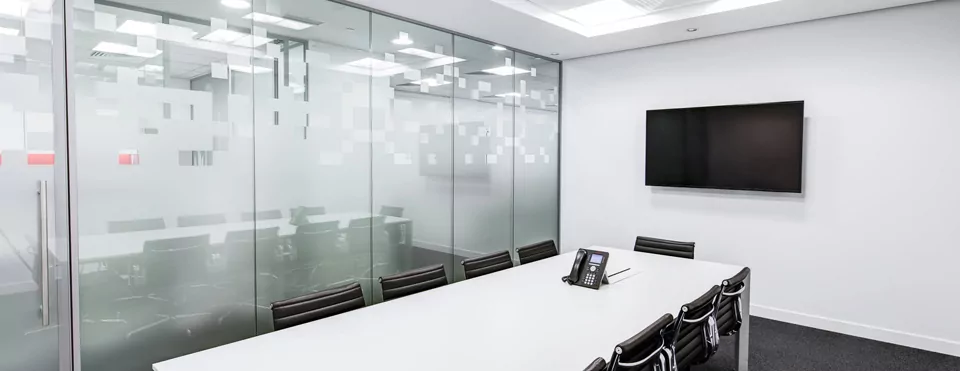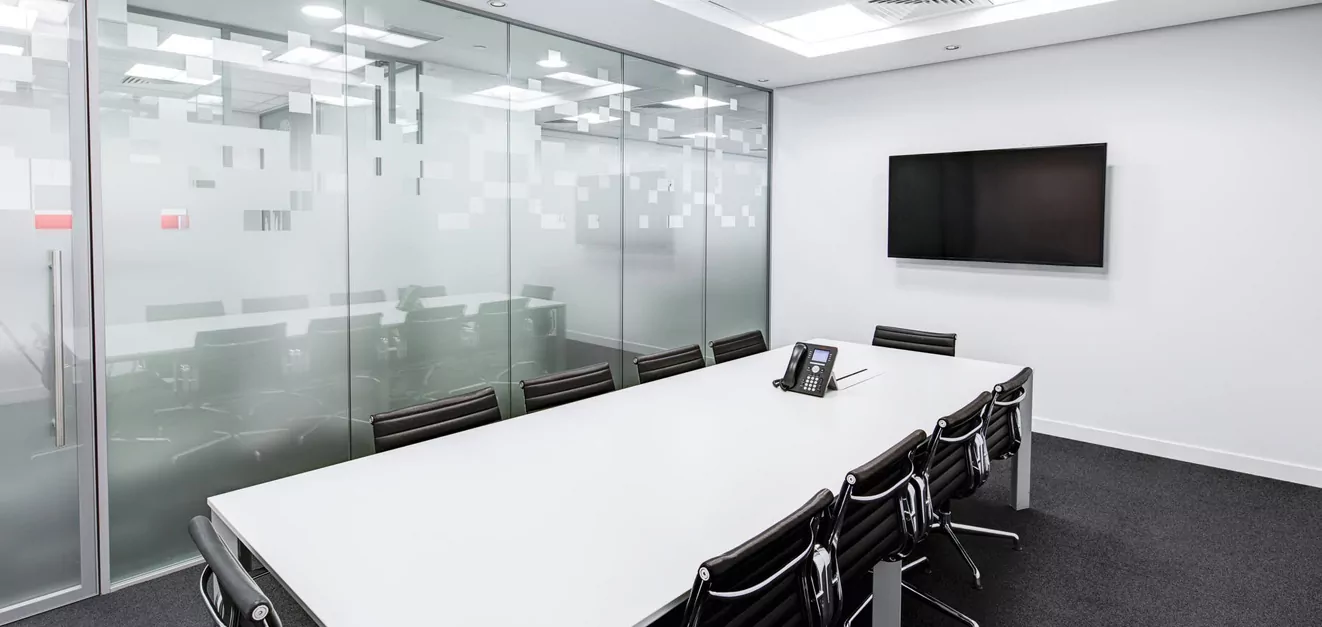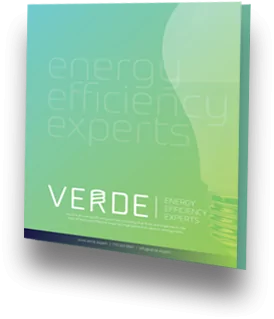Utility Rebates and the ComEd Energy Efficiency Program, Illinois
I know you’ve seen them- the commercials with the adorable talking outlets and smart power strips chatting about getting their energy bill “in shape.” Or the various billboards throughout the Chicagoland area claiming homes and businesses can easily save energy and money with the help of the ComEd Energy Efficiency Program. Yes, you read that right. Commonwealth Edison, or ComEd, the largest electrical utility in Illinois really wants you to save energy AND money with their help. Sound too good to be true? I promise, it’s not. Want to know how to reap the benefits of something you’re investing into every month? Sit back, relax, and let Verde enlighten you on Commonwealth Edison Rebates available to your business or government building.
What is the ComEd Energy Efficiency Program?
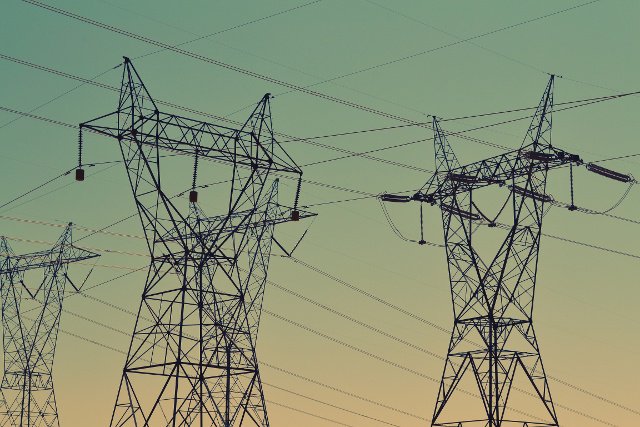
Since the program’s humble beginnings in 2007, it has grown exponentially in every aspect- the number of businesses and homes participating, the number of kWhs saved annually, the number of jobs created, and the number of energy saving measures offered. There are now rebates for just about every type of building out there, whether it’s new construction or 150 year old construction, a 500 square foot building or 500,000 square foot building (we’ll touch on this more later). Since the portfolio for this program is so large, ComEd relies on the help of Program Implementers and Service Providers to manage, promote, and complete the work within the program. That’s where companies like Verde come in.
How can I Participate in ComEd Incentives?
To have work completed and receive Commonwealth Edison rebates from the program, you must find a qualified ComEd Service Provider to assess your building, recommend energy efficiency upgrades, and complete the physical installation. The ComEd Service Provider network is made up of a couple dozen elite companies who specialize in various industries, such as lighting installation, lighting distribution, and energy efficiency or clean energy.
These companies and their staff are heavily vetted with background checks and deep training to ensure that they are the utmost qualified to carry out the mission and values of the program. This year, under CEJA, each Service Provider has to be ICC Certified as an Energy Efficiency Measures Installer to complete any work, ensuring even further that all Service Providers are credible, professional, and well-trained.
After you have found a Service Provider to work with, an Energy Efficiency Analyst will come out to conduct a free Energy Assessment of your building. During this time, the analyst will walk around in search of opportunities for energy efficiency improvements, such as smart thermostats, indoor and outdoor LED lighting, daylight and motion controls, refrigeration systems, HVAC units, and compressed air to name a few. This is when the magic happens- the opportunities are noted, a copy of your ComEd bill is made to help calculate savings, and then the Service Provider determines what program your building falls into, and where you will receive the most rebate from. Here’s a quick break down of the various programs offered in 2024.
Small Business Offering 0-400 kW
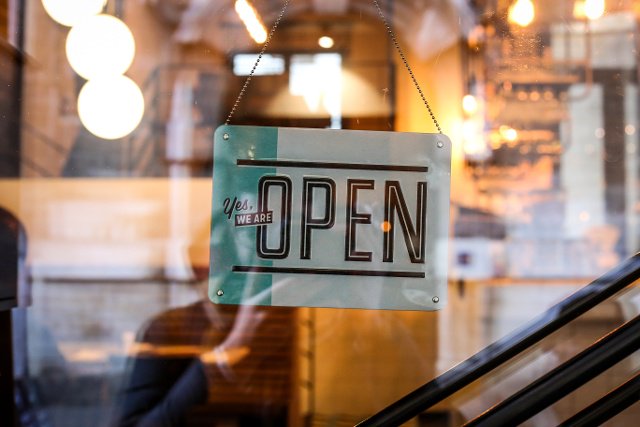
By far the most popular and lowest hanging fruit for a business is updating fluorescent or high intensity discharge lighting to LED. Adding control systems to these LED lights can lead to deeper long term savings.
Refrigeration systems can be made more efficient by installing EC motors to replace traditional freezer and cooler motors. Walk in doors can be equipped with door closers to make sure energy isn’t wasted with open doors, as well as low temperature strips to help keep the air inside the cooler from leaving.
HVAC equipment can be upgraded for more efficient motors and air conditioning, as well as integrating demand control ventilation as a strategy. This helps a system meet code for ventilation, without having to always let hot or cold air into a building.
Finally, always popular are smart thermostats – giving a building owner more control while also helping them save on heating and cooling costs.
Standard Program 400kW and More
Standard Comed Incentives Program: Like the SBO program, the Standard program, administered by Resource Innovations, offers rebates to private sector buildings that use over 400 kWhs of energy per month, which is commonly seen in large and complex buildings like manufacturing and high rise buildings. This program is also comprehensive, and offers countless rebate opportunities for indoor lighting, outdoor lighting, and refrigeration measures. Buildings that fall into this program benefit greatly from the energy efficiency upgrades, since the amount of energy used to keep the building comfortable and safe is so much higher.
Very similar to the Small Business Offering, this program is available to everyone in Comed territory, even those businesses that want to install projects themselves.
Instant Discounts on Lighting and HVAC Equipment
Instant Discounts: Unlike the SBO and Standard programs, Instant Discounts, administered by DNV GL, can be applied to energy efficiency measures in any commercial building, regardless of size. Instant Discounts is exactly what it says it is- instant Comed incentives for instant LED lighting solutions and instant savings.
This program focuses on screw-in LED measures (think screw-in light bulbs in the average home), and does not require installation by a Service Provider, because the measures that receive rebate are just that easy! This program doesn’t need any upfront project approval, which makes it easy for businesses to buy screw-in LEDs as needed. To make the Commonwealth Edison Rebates and Instant Discounts program even more attractive, it applies to both public and private sector commercial buildings, woo! New to the past few years, this program also includes instant discounts for high efficiency HVAC equipment and heat pump systems.
Multifamily Residential Programs
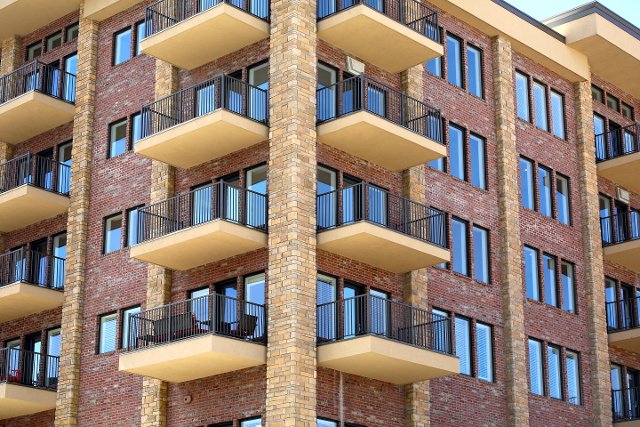
Multi-Family Energy Savings Program (Public Housing and Income Eligible Buildings): Much like the market rate side of the program, the public housing or income eligible side has very similar rebates and measures. Administered by Franklin Energy and Elevate Energy, and made possible by FEJA, the MFESP income eligible and public housing side has received a huge increase in funding this year. This is incredible news for Chicagoland, as low income areas need energy efficiency measures and savings the most
Other Residential Opportunities: There are many other energy efficiency upgrades homeowners can complete without getting a Service Provider involved, such as screw-in LEDs, smart thermostats, and replacing old appliances with Energy Star options. Commonwealth Edison offers rebates for these measures, which can be applied for by the homeowner themselves, or is applied to the product at purchase (ex. certain Energy Star rated products at Target have stickers showcasing discounts per the energy efficiency program). You can also buy directly on this Comed website for residential products for discounts on smart thermostats, lights, water saving products and even electric vehicle chargers for your home.
Retrocommissioning Energy Efficiency Program
One of the biggest changes to a large building energy usage can happen in ways that no one sees or notices – through the Building Automation System (BAS) or Energy Management System (EMS). Making small adjustments to a BAS system to optimize how the building uses energy can save a lot of energy, and is the basis of the Retrocommissioning Program (RCx).
Large buildings have a large heating plant, a large cooling plant, and a system to move air throughout the public spaces via ventilation. These systems can get adjusted over time by various staff, and the efficiency of a building can get changed. Think of a website – small changes over time eventually make it less efficient than it was originally designed. By getting it back to it’s original intent, as well as upgrading to new technologies that might not have existed when the building was built – RCx can save on average 5% of a building’s usage, and even more in the right circumstance.
This program entails an energy engineering program, which is fully paid for by the utility, often valuing $20,000 or more. After the engineering phase or investigation phase, a series of recommendations are made that have a 1.5 year simple payback or less. These recommendations are considered ECMs, and often have additional incentives from the program to help n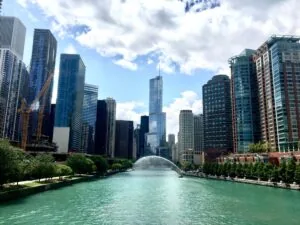
Finally, there are various incentives to the building and partner to move forward with changes, and these change often. A building can go through this process once every 7 years – often savings tens of thousands of operating expenses.
Industrial Energy Efficiency Program
Similar to the Retro-commissioning Program, the Industrial Energy Efficiency program focuses on large users of energy with a foundation on solid engineering support. The Commonwealth Edison industrial energy efficiency program to help businesses save money by providing rebates for installing new or upgraded energy-efficient equipment. This can include things like:
- Industrial Refrigeration
- Process Cooling
- Wastewater Treatment and Water Supply Plants
- Compressed Air
- Process Efficiency – Ex. Vacuum & dust collection
- Other systems also apply.
All the magic of this program happens with an onsite visit, as each industrial building is so unique based on their actual production.
VHE HVAC Program and Commonwealth Edison Rebates
Ventilation and heating and cooling are typically combined in commercial buildings. Unlike a home, commercial spaces need proper ventilation to make spaces safe both in terms of public health and chemicals commonly found in our buildings.
However, ventilation is at odds with energy efficiency. When you bring air in from the outside, typically it is warmer and more humid in the summer, and colder and drier in the winter. This leads to higher energy costs, as well as more wear and tear on equipment.
Very High Efficiency (or VHE) HVAC combines two separate systems of Energy Recovery Ventilators and VRF heat pumps. Combining these two existing systems in a building lead to 40% to 80% savings over traditional HVAC. In 2022 and 2023, Verde completed a large school retrofit to VHE HVAC with the Oak Park Temple in Oak Park, Illinois – providing fresh air for the first time in generations and fully decarbonizing the school and religious facility as well.
Heat pumps move heat in and out of a building using refrigeration. These are far more efficient than current heating and cooling systems and modern systems can operate efficiently down to -10 degrees F. In fact, on December 24th, 2022 – it was -10 degrees F in Chicago for most of the day. I was in this building and it was not only comfortably, but warm and toasty. This is a real heat pump installation done by us with a long time customer of ours, after they had retrofitted lighting and control systems.
Energy Recovery Ventilators take the energy out of air leaving the building and transfer it to the incoming ventilation air – recovering up to 93% of the heat and moisture. This huge energy savings not only saves energy, but also allows you to design for a smaller heating and cooling system, saving on equipment purchase for the heat pump system. After installing this system, buildings have a far fresher feeling, and less likely to have germs and chemicals impacting building occupants.
This program has provided huge rebates for our customers, up to $400,000 on a single project. This can help make Very High Efficiency upgrades the same cost or lower as traditional boiler, chiller or Roof Top Unit projects, as well far less operating costs after the installation.
Beneficial Electrification Program and Commonwealth Edison Rebates
In 2024, Comed will begin rolling out a beneficial electrification program – which means that anything that is better for the environment when using electricity as compared to traditional natural gas, propane, gasoline, or diesel fuels. Commonwealth Edison Rebates will not only offer reducing electricity, but also switching from gas to electricity when it is appropriate and cleaner.
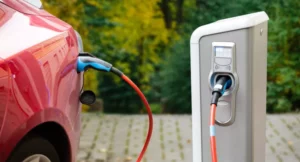
Converting propane, natural gas, and diesel fork lifts to electric is another popular way to beneficially electrify equipment, and Comed supports both the battery conversion and the efficient charging infrastructure for this equipment.
Finally, but not least, changing our heating source from natural gas to electricity can provide huge benefits when done with heat pumps. There simply is no way to decarbonize a building without getting away from natural gas as a heat source. Even 100% efficient natural gas systems are releasing carbon dioxide into the atmosphere and our buildings are a huge source of carbon emissions, especially in our cold climate. Heat pumps are here and the real deal – and they will take a commitment from you and support from our state and utility to make this transition.
Energy Efficient Commercial Buildings Tax Deduction
Some of our customers take advantage of energy efficiency building improvements via the 179d tax deduction. Businesses can do this on their own via their own tax accountant, and it is just one more reason to think about energy efficiency, on top of energy savings, investment payback, return on investment, maintenance reduction and environmental benefits.
For those that do not pay taxes, like nonprofits and government entities, the 179d tax deduction can be assigned to an engineering or project management firm who designs a project. This tax benefit was boosted under the Inflation Reduction Act, and can help creatively lower the cost for a client by lowering the tax base for the firm designing the project. In 2023, we did this with a large VHE HVAC project for a religious building, savings our firm taxes that we were able to pass along to the client in a reduced fee. Win-win.
Why Should I Participate in the Commonwealth Edison Rebate Program?
On top of the obvious monthly savings to your bill (the average project payback is usually about a year!), there are many other amazing small and large scale benefits to participating in Commonwealth Edison Rebates and Energy Efficiency Program.
Let’s start small scale- as mentioned above, your energy bill will decrease, which is typically seen within the first few months after a project is completed. Who doesn’t love decreasing their bills? If that alone hasn’t sold you, there are many other benefits to your space when it comes to installing LED lighting and energy efficiency measures in general (see my other blog post- ‘Sustainability is the New Black’ for why I personally believe energy efficiency and sustainability goes far beyond the money saving aspect).
Your business will be brighter, literally, and way more efficient. If you’re a warehouse owner, for example, you will be able to sleep better knowing that your space is illuminated as much as possible (less injuries and mistakes due to better lighting and more comfortable working conditions in the extreme temperature months), and that you aren’t paying someone to constantly change burnt out bulbs (LEDs typically last about 50,000 hours!).
Hopefully these efficient changes will also reflect your positive investment in your business to your employees as well. If you own a retail spot, you’ll be able to showcase your product better with brighter light, and will have more comfortable customers in your space. Improving energy efficiency in your business positively affects your productivity and bottom line. It’s truly a win-win!
If you’re personally passionate about the environment, sustainability, and clean energy like the Verde staff is, you’ll know there are also a ton of incredibly important large scale benefits to making energy efficiency updates as well. For starters, you’re lowering the carbon footprint of your business or home, meaning you’re decreasing your consumption of fossil fuels, and therefore putting less stress on our planet. You’re literally saving resources for your grandkids, great great grandkids, and so on. Energy reduction directly translates to greenhouse gas reduction, which means less carbon dioxide in the atmosphere contributing to climate change and the greenhouse effect (okay, done geeking out).
On top of all this, who doesn’t want to be seen as an industry leader? Industry leaders are the ones making energy efficient changes and breakthroughs in their businesses, which is in turn creating further growth and development. I truly believe that as the program continues to gain momentum, partners, and support from consumers, we’ll see really exciting shifts towards new clean energy technologies, such as solar and wind power. Another way to look at this is that we’re also enhancing our energy independence as a country (and yours as a business owner)- talk about being an innovator, right?
Now that you know the basics of the Commonwealth Edison Rebates and Energy Efficiency Program, if and how it can help your business, and why it’s important, it’s time to take advantage of that Energy Efficiency Program Tax you’re paying into every month (but seriously, go check your bill). So what’s your next step? Finding a Service Provider, and setting up a free assessment for your Illinois business or government building for access to Commonwealth Edison Rebates and Incentives. From there, we do all the legwork involved in whipping your energy bill into shape!
Please fill the form
Error: Contact form not found.

